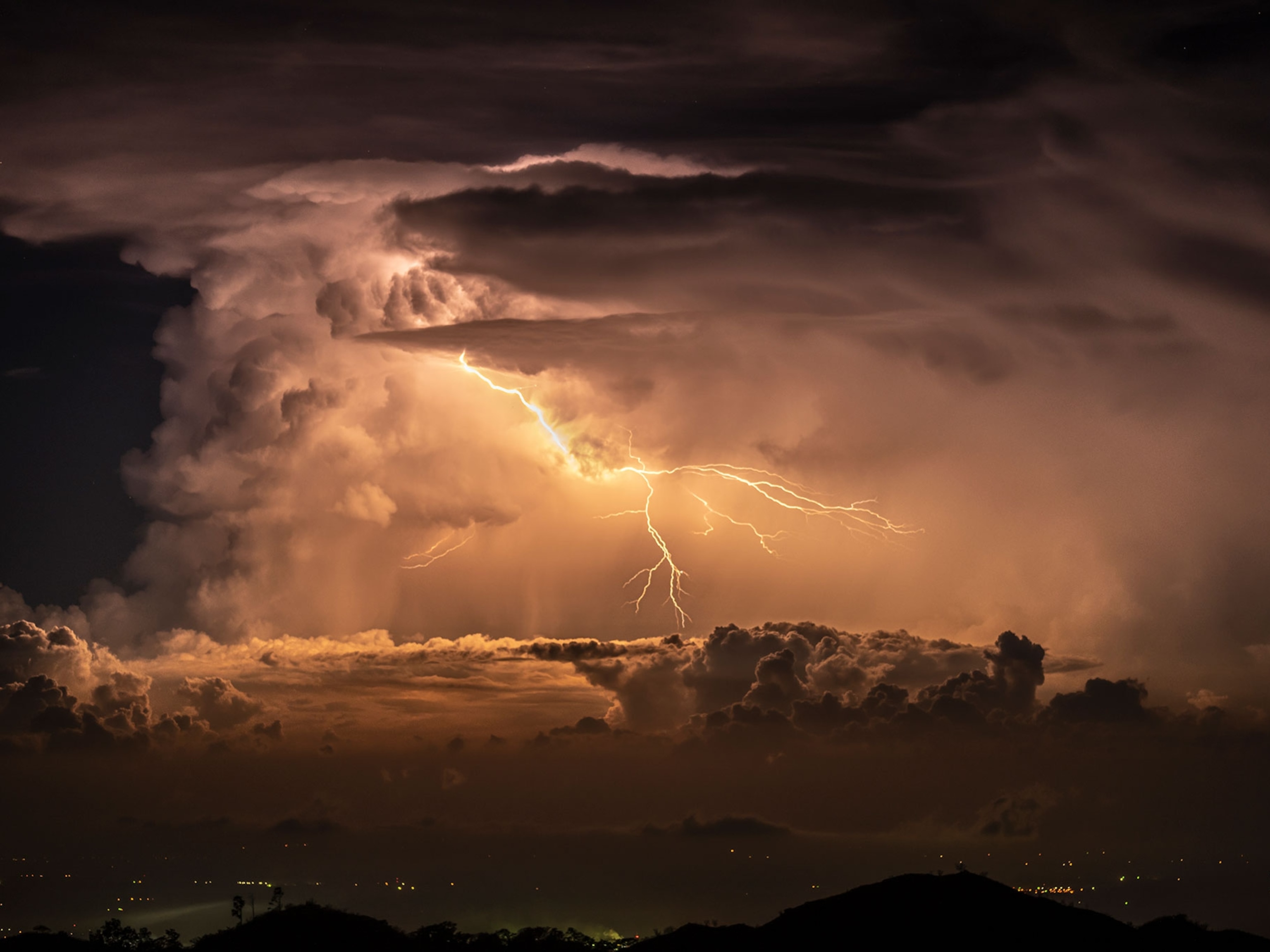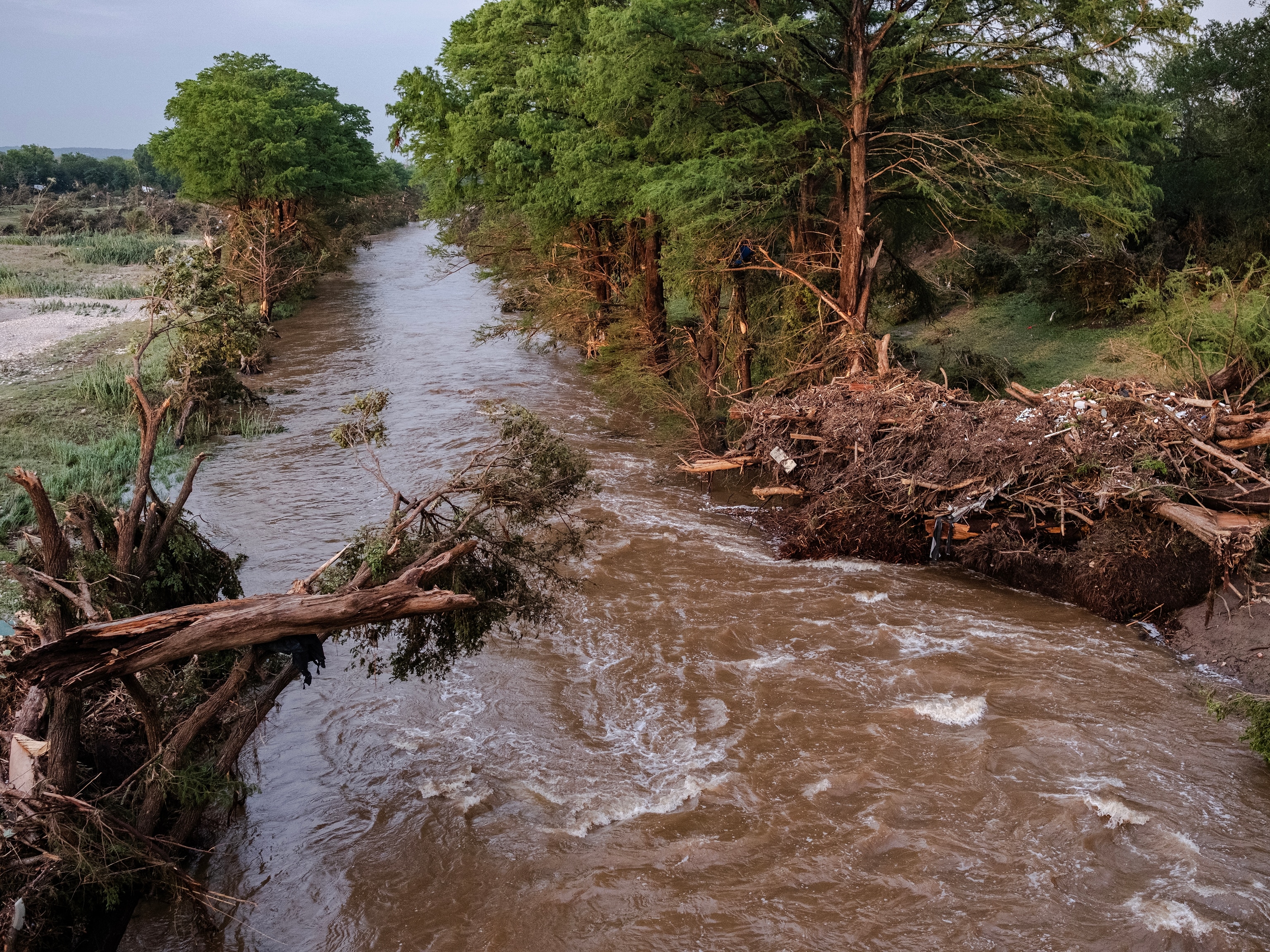Viral Video: Why Are "Roll Clouds" So Rare?
A Texas couple recently captured the phenomenon on camera.
It's not something you see every day: a horizontal cloud, vibrant orange and rotating, that's taken over the sky.
But that's just what people got to see online this week after a couple in Timbercreek Canyon, Texas, spotted a "weird-looking cloud" and posted a video of it.
Now questions abound: What is it exactly? And what are the chances you'll get to see one in person?
It's called a "roll cloud," which is a type of arcus cloud—low, horizontal formations typically associated with thunderstorms. Depending on the conditions, a roll cloud "can last for several hours and extend for several hundred miles," said Stephen Corfidi, a meteorologist at the National Oceanic and Atmospheric Administration (NOAA).
The rolling motion is the result of winds changing speed and/or direction at the inversion—when the air temperature reverses from its usual state, resulting in warm air on top of cool air—along which the weather disturbance is traveling. "The 'shear' across the inversion sets up a rolling motion much like that of a rolling pin used in a bakery," said Corfidi.
Whether or not you'll see one depends on a "perfect storm" of conditions, which is hard to predict. But you may have better luck in Australia.
According to Corfidi, the cloud in the video is comparable to a "Morning Glory," a roll cloud seen in the months of September and October over northeast Australia. It tends to appear during well-defined inversions with enough accompanying moisture to form a cloud. That's most likely to happen in the early morning, hence the moniker.
"Roll clouds—sometimes more than one in concentric bands—can also occur on the edges of thunderstorms," said Corfidi. "Especially those that form in areas with strong temperature inversions, as frequently is the case during spring over the Great Plains."
But when there's too much moisture—during a thunderstorm, for example—a roll cloud may be hard to see because it's hidden among other clouds.





